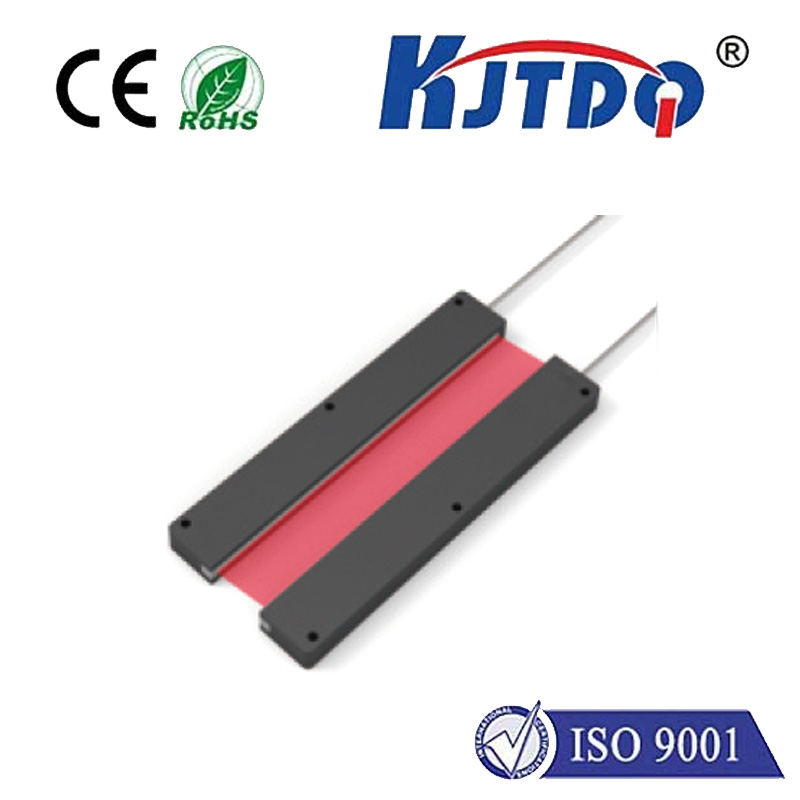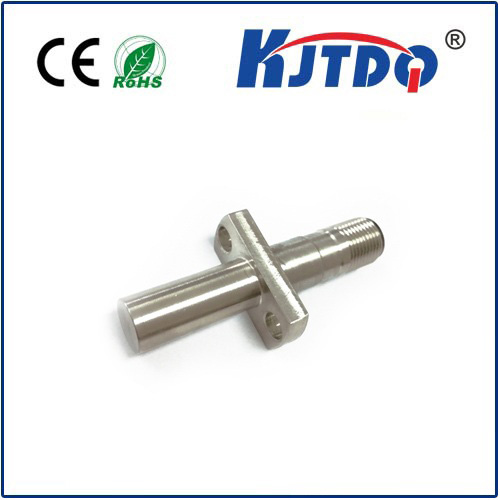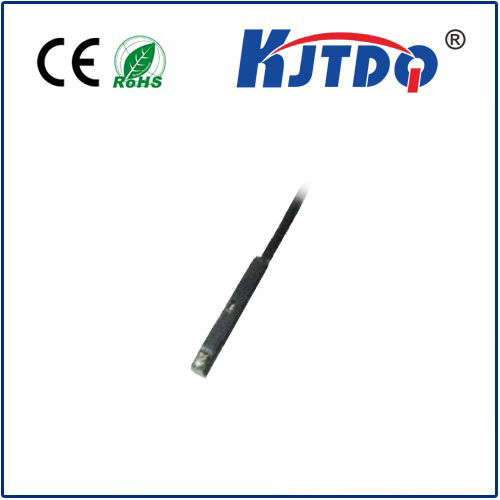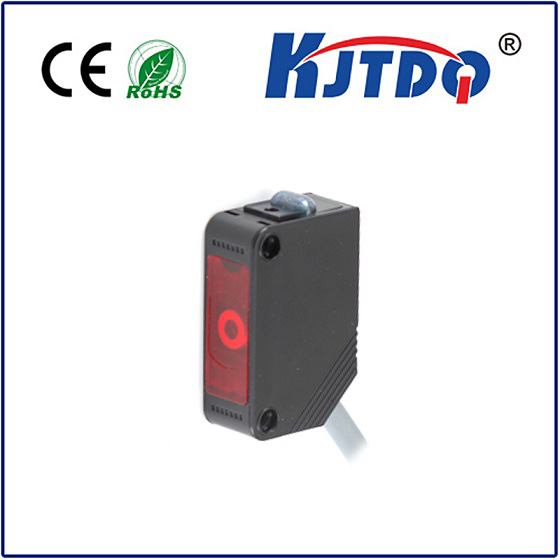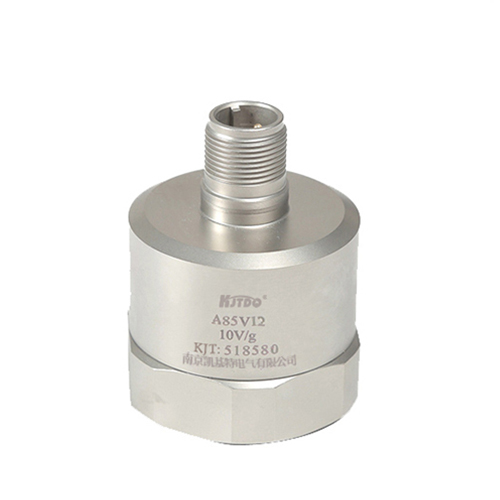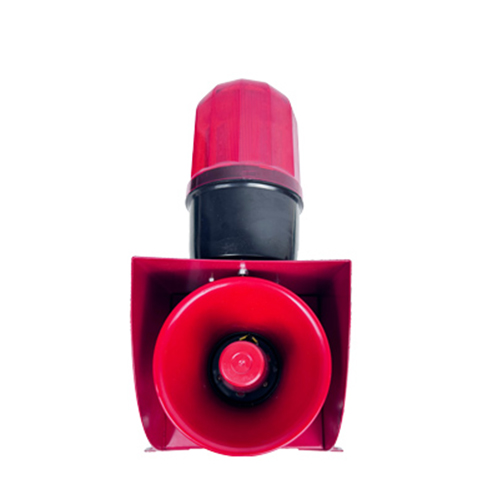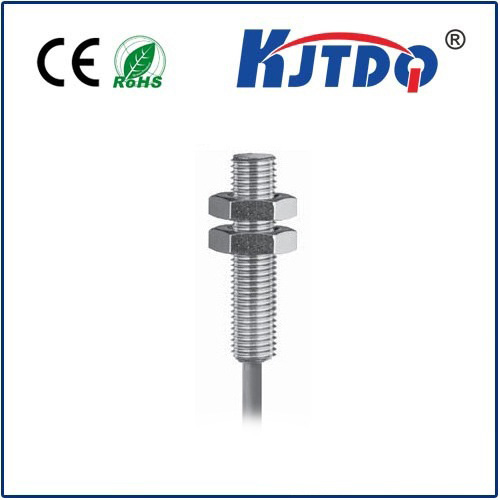Proximity Inductive: Revolutionizing Sensing Technology Imagine a world where machines can detect objects without physical contact, where sensors operate seamlessly in harsh environments, and where precision is measured in micrometers. This is the promise of proximity inductive sensing, a groundbreaking technology that is transforming industries from manufacturing to automotive. But what exactly is proximity inductive sensing, and why is it gaining so much attention? Let’s dive into the science, applications, and future potential of this innovative technology.
At its core, proximity inductive sensing is a non-contact method of detecting metallic objects using electromagnetic fields. The technology relies on the principle of electromagnetic induction, where a coil generates a magnetic field. When a metallic object enters this field, it induces eddy currents, which alter the coil’s impedance. This change is detected by the sensor, allowing it to determine the presence, distance, or position of the object. Unlike optical or capacitive sensors, which can be affected by environmental factors like dust, moisture, or light, proximity inductive sensors are highly robust. They excel in challenging conditions, making them ideal for industrial applications where reliability is paramount.
High Precision and Sensitivity: These sensors can detect even the smallest metallic objects with incredible accuracy, making them indispensable in precision engineering.
Долговечность: With no moving parts and resistance to environmental factors, they have a long operational lifespan.
Non-Contact Operation: Eliminating physical contact reduces wear and tear, ensuring consistent performance over time.
Многогранный.: They can be used in a wide range of applications, from object detection to position tracking.

The versatility of proximity inductive sensing has led to its adoption in numerous industries. Here are some of the most impactful applications:
In manufacturing, these sensors are used for object detection on conveyor belts, position control in robotics, and quality assurance in assembly lines. Their ability to operate in dirty or oily environments makes them a favorite in automotive and heavy machinery manufacturing.
From parking assistance systems to engine control units, proximity inductive sensors play a critical role in modern vehicles. They ensure safety and efficiency by providing real-time data on component positions and movements.
In devices like smartphones and tablets, these sensors enable features such as automatic screen dimming when the device is brought close to the user’s ear.
The high reliability of proximity inductive sensors makes them essential in aerospace applications, where they are used for landing gear monitoring and engine health tracking.
The field of proximity inductive sensing is not static. Researchers and engineers are constantly pushing the boundaries to enhance its capabilities. Here are some of the most exciting developments:
Miniaturization: Advances in microelectronics are enabling the creation of smaller, more compact sensors that can be integrated into increasingly intricate systems.
Enhanced Sensitivity: New materials and coil designs are improving the sensitivity and range of these sensors, allowing them to detect even non-ferrous metals like aluminum or copper.
IoT Integration: With the rise of the Internet of Things (IoT), proximity inductive sensors are being equipped with wireless connectivity, enabling real-time data collection and analysis.
Energy Efficiency: Innovations in power management are reducing the energy consumption of these sensors, making them more sustainable and cost-effective.
While proximity inductive sensing offers numerous benefits, it is not without its challenges. One limitation is its inability to detect non-metallic objects, which restricts its use in certain applications. Additionally, the performance of these sensors can be affected by the type and composition of the metal being detected. Engineers must carefully calibrate the sensors to ensure optimal results. Another consideration is cost. While the technology is becoming more affordable, high-performance sensors can still be expensive, particularly for small-scale applications. However, the long-term benefits often outweigh the initial investment, especially in industries where reliability and precision are critical.
As technology continues to evolve, proximity inductive sensing is poised to play an even greater role in shaping the future. From smart factories to autonomous vehicles, its applications are expanding rapidly, driven by the demand for efficiency, safety, and innovation.
